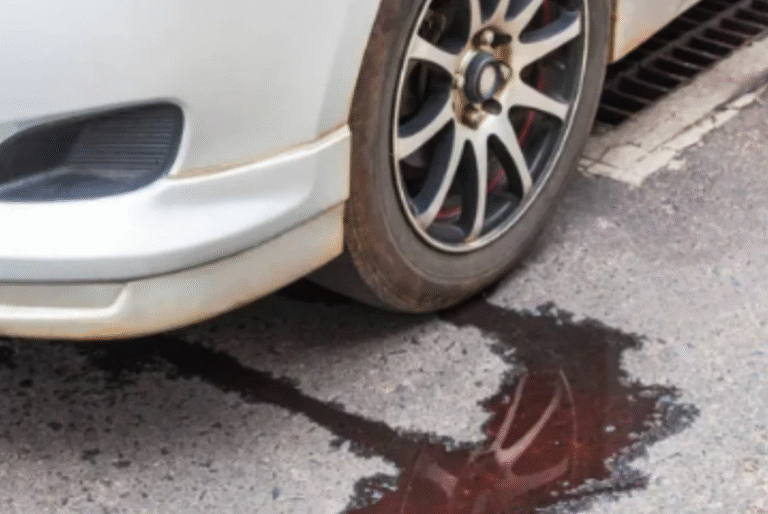Many have experienced this: you walk up to your car in the garage and notice fresh drops of oil under it. The car has been running fine, so you quickly dismiss the possibility of there being a problem. However, the dark liquid continues to drop and increase over the next few days, and you quickly start feeling that something is wrong with your car. This is the story of almost every car owner at some point.
It’s important to note that even properly maintained vehicles sometimes develop oil leaks. While a leak is never good, it doesn’t necessarily mean serious trouble. The issue could be something as simple as being overdue for an oil change. Plus, some cars are just more prone to oil leaks.
It could also indicate a potentially very bad situation for your car and should not be ignored. Minor leaks can quickly turn into major repairs or even engine failure. Regardless of what you drive, discovering that your vehicle is leaking oil is always worrisome. It helps to understand what causes cars to leak and, more importantly, what you can do when it happens.
- Vehicle Oil filter
In most vehicles, the oil filter screws into place. Because of this, it’s relatively easy for it to become slightly loose or misaligned and begin leaking. It’s fortunately fairly simple to change your own oil filter and oil, for that matter. Here’s a helpful step-by-step tutorial that’s easy to follow.
- Oil Pan and Gasket Issue
The oil pan sits at the bottom of the engine and acts as a reservoir, cleaning, lubricating, and cooling the motor. Its location makes it vulnerable to damage from road debris, which can cause punctures and result in a leak. A rubber gasket seals the pan and can also become damaged or worn out over time, causing a leak.
Pan or gasket leaks can be challenging to identify and repair because of where they’re situated, so many people opt to have a mechanic do them.
- The Drain Plug and the Valve Cover Gasket Issue
The drain plug sits at the bottom of your car’s oil pan, a simple but essential part. It gets removed during oil changes, and if it is even slightly misaligned when it’s put back in, it can cause a leak. Being too loose or overtightened can also result in a leak.
A car’s valve covers keep the oil inside the engine, and they’re held in place with rubber gaskets. As the gaskets age, they wear out and become brittle, no longer able to form a proper seal and thus resulting in leaking. Some cars are notorious for having problems with faulty valve cover gaskets, but you can slow or prevent major issues by having your oil changed regularly.
- The Filler Cap Issues
The oil filler cap is perhaps the most basic component in your car’s engine but arguably one of the most important. The simple cap gets removed when oil is added to the engine. If the seal gets worn out or the cap is loose, damaged, or missing, it causes a substantial leak. Take care to replace this carefully after checking or changing your oil, and get a new cap immediately if you notice it’s broken or worn.
Always Check Your Vehicle Engine Oil
It’s important to note that not all oil leaks are visible. For that reason, it’s crucial to check your vehicle often so you know how much it’s losing. To properly check it, make sure the engine is cold and pull out the dipstick, then insert it again. Your vehicle is sufficiently full if your oil level is between half and full. It needs to be topped off if it’s less than half full.
Conclusion
While your car is still leaking, whether visibly or not, check the oil frequently. Bring it to a professional mechanic if the level consistently drops, which may indicate a serious problem.
Have 1 million naira and above to Buy or Sell Cars In Nigeria? Check carlots.ng
All rights reserved. Reproduction, publication, broadcasting, rewriting, or redistribution of this material and other digital content on carmart.ng is strictly prohibited without prior express written permission from Carmart Nigeria - Contact: [email protected]


